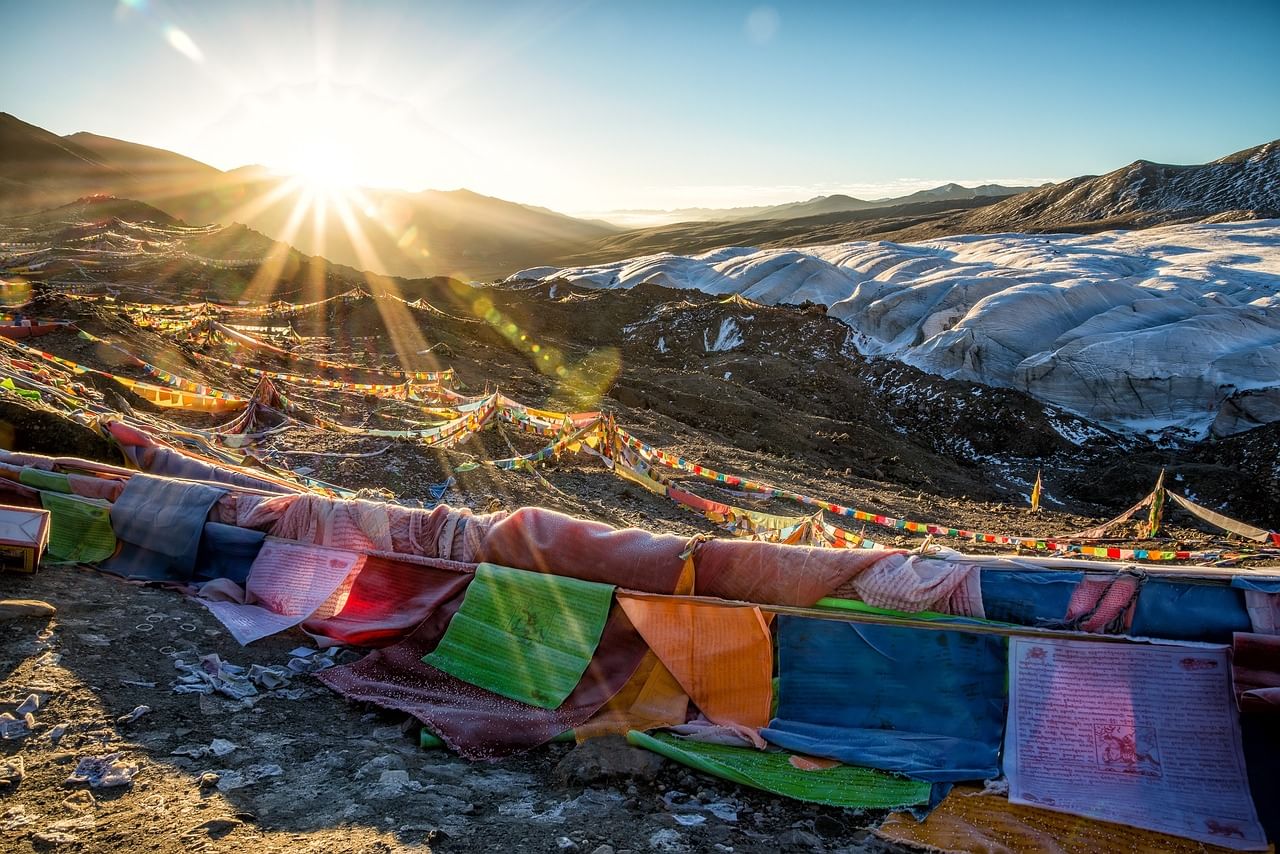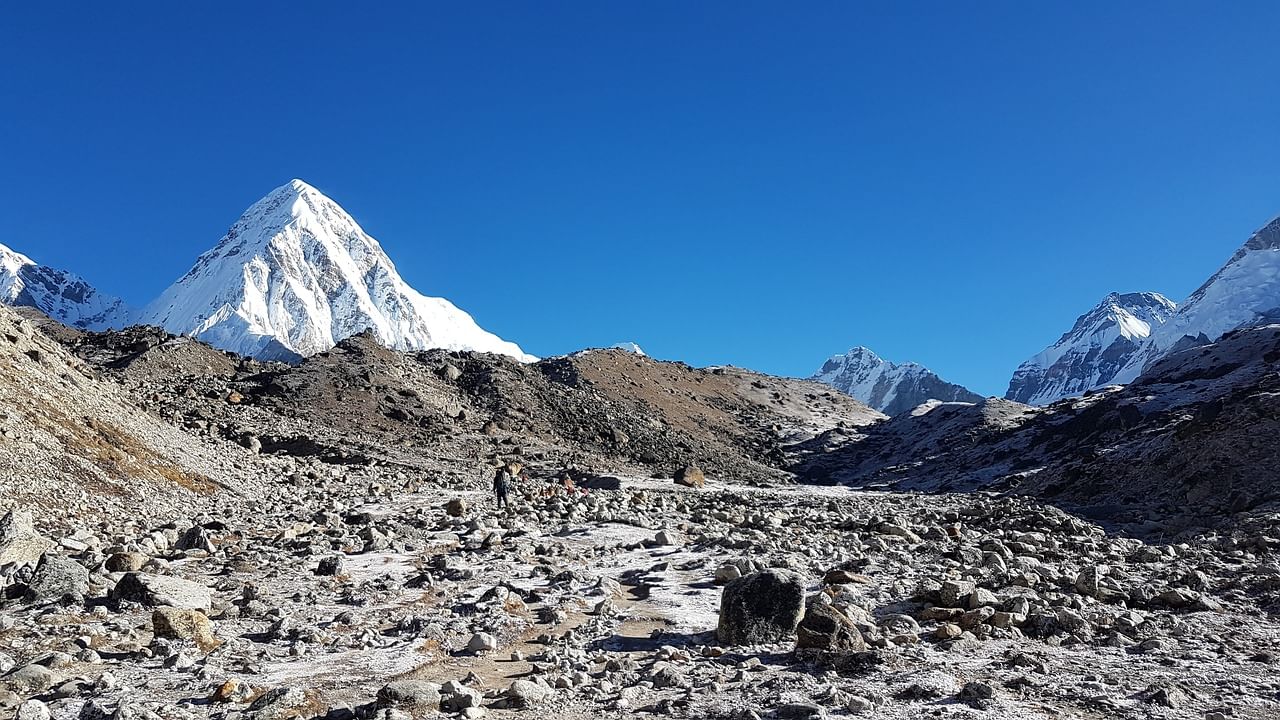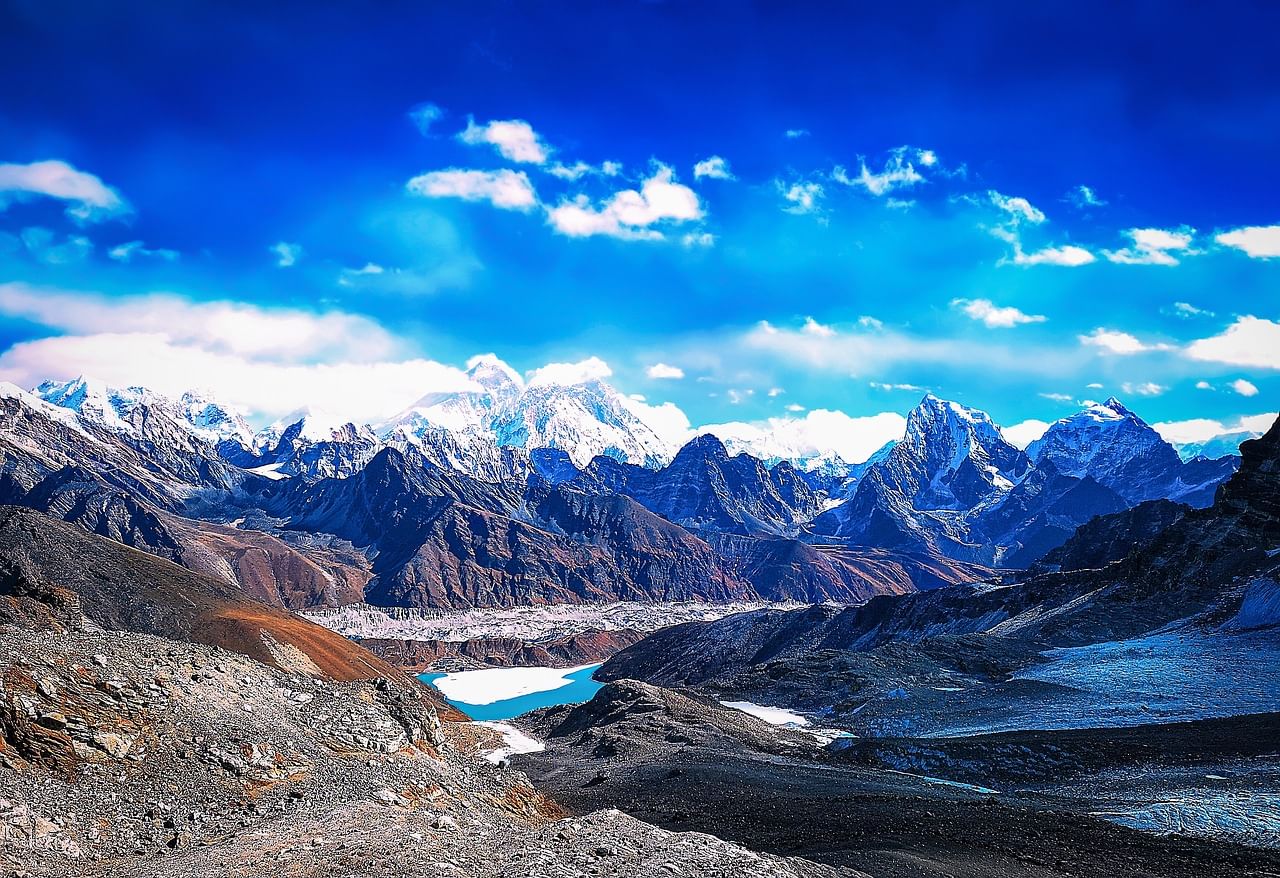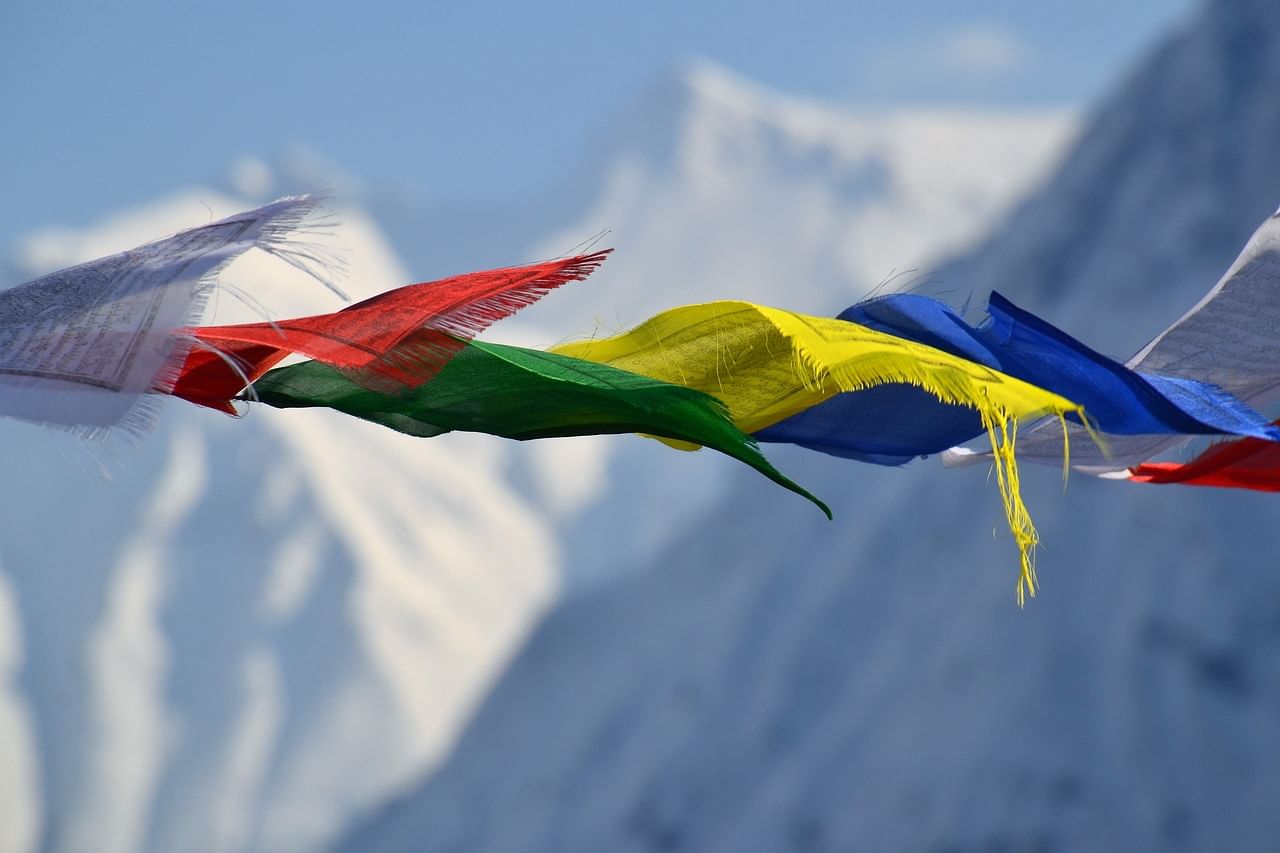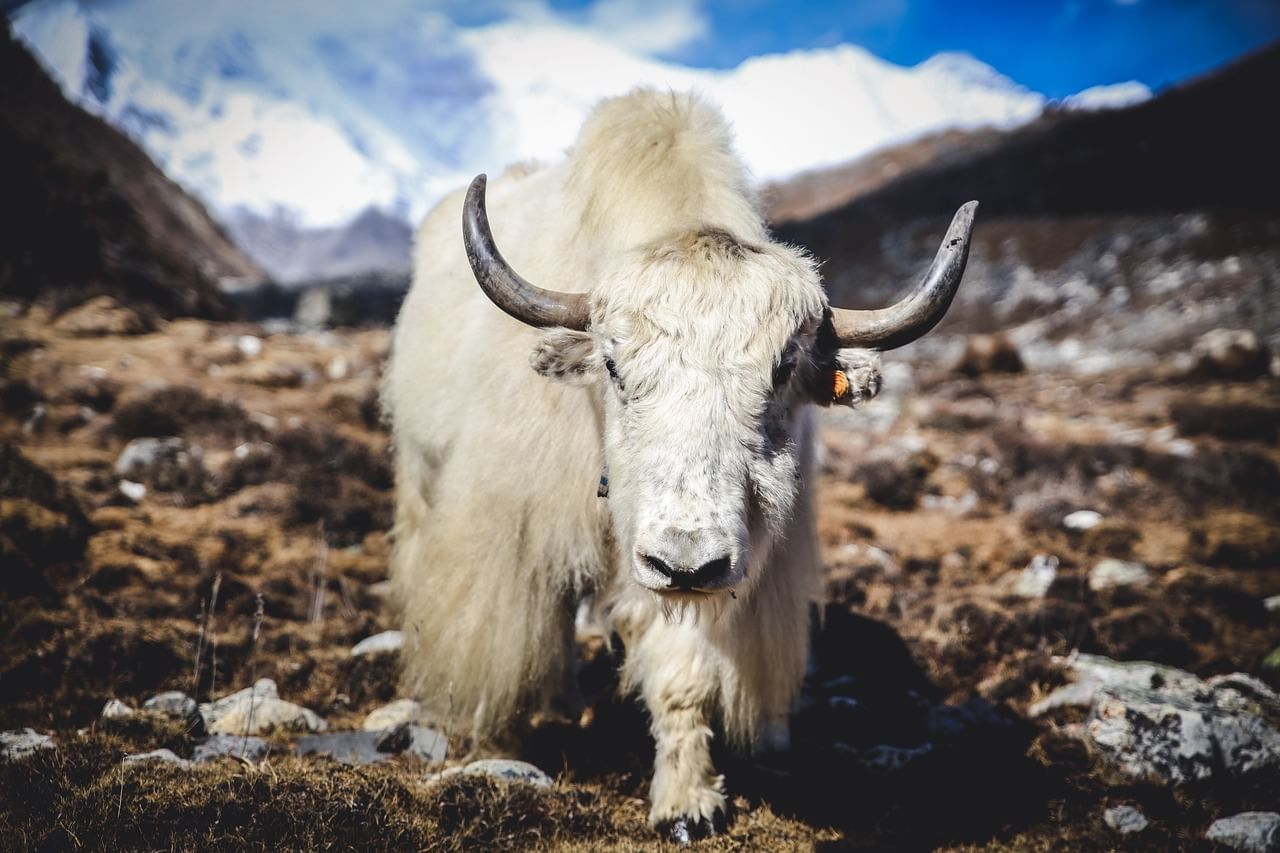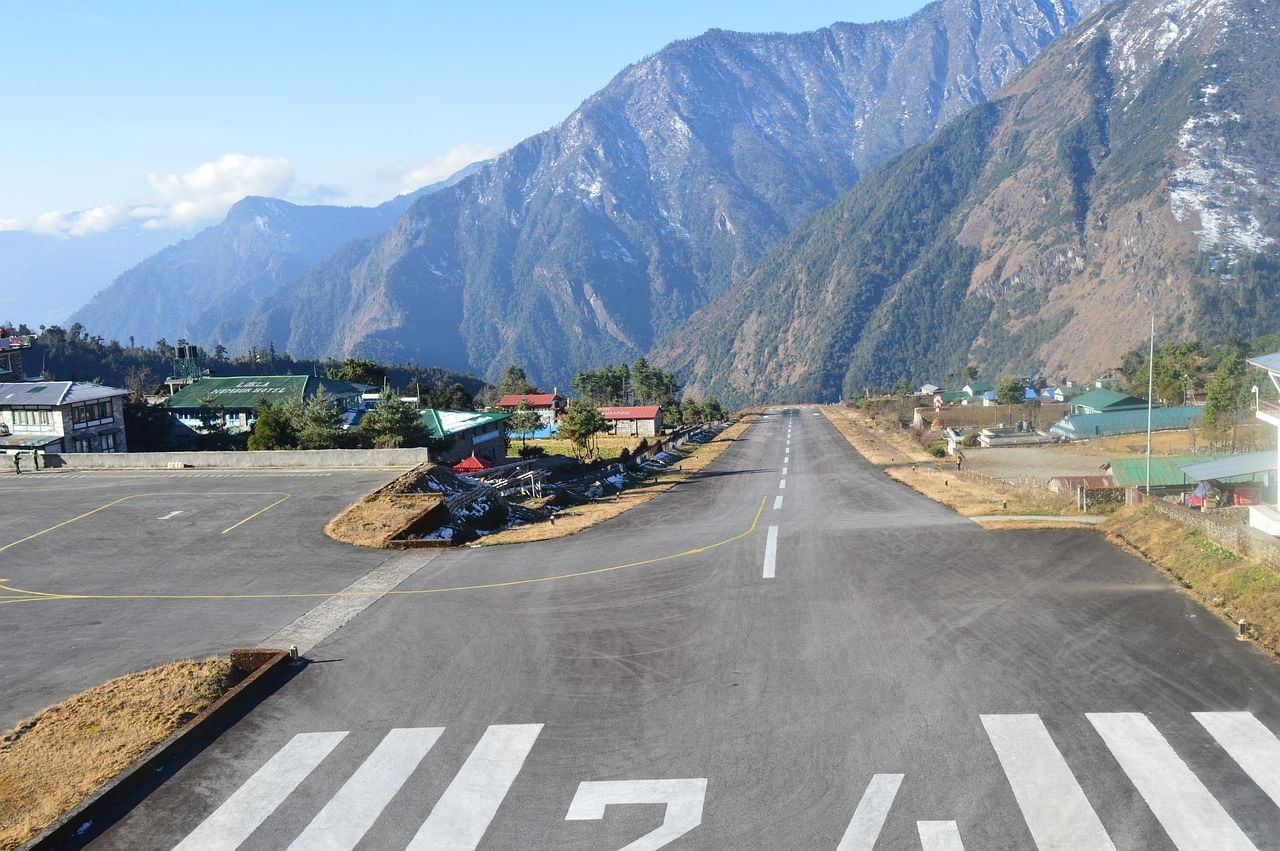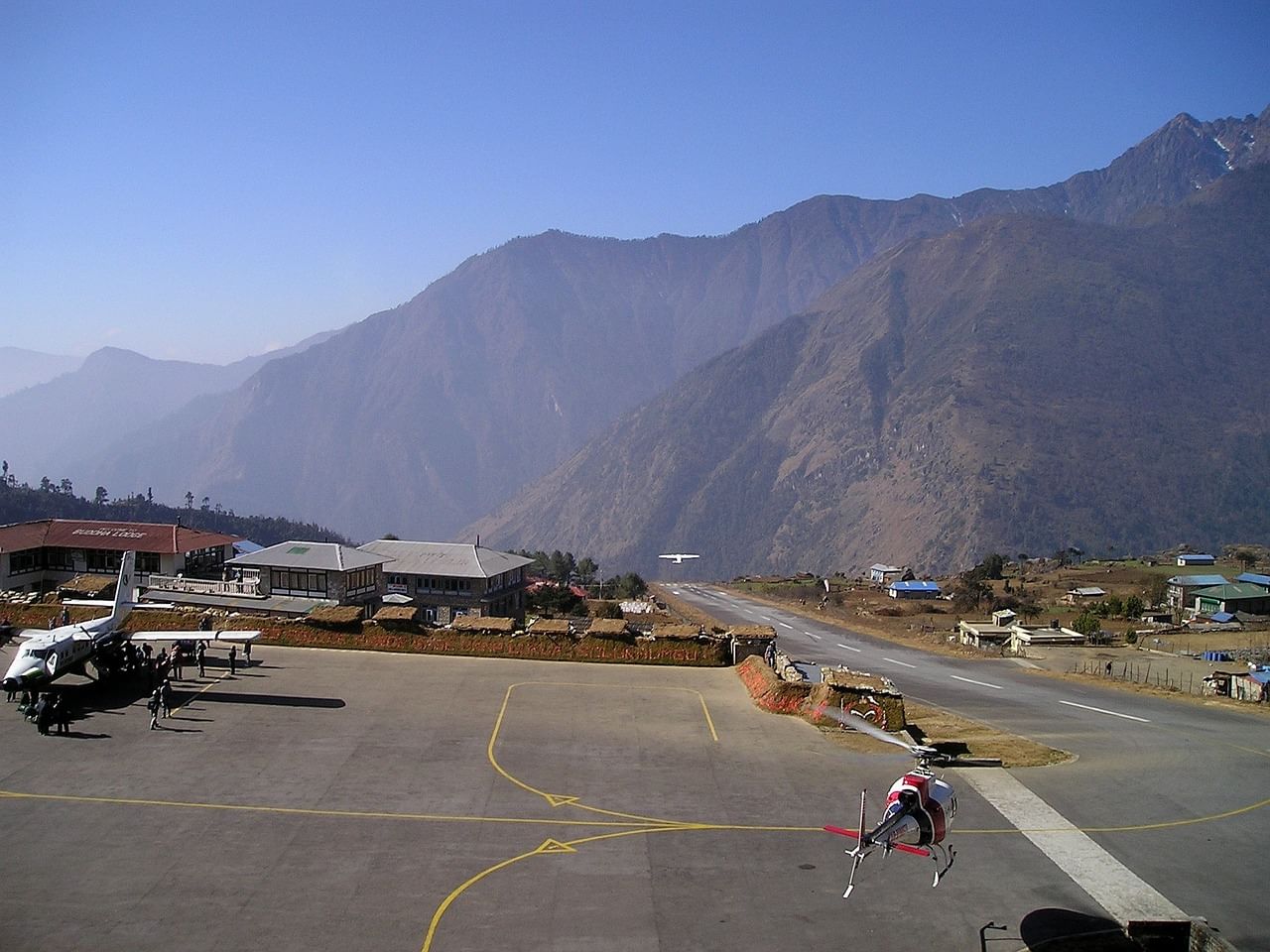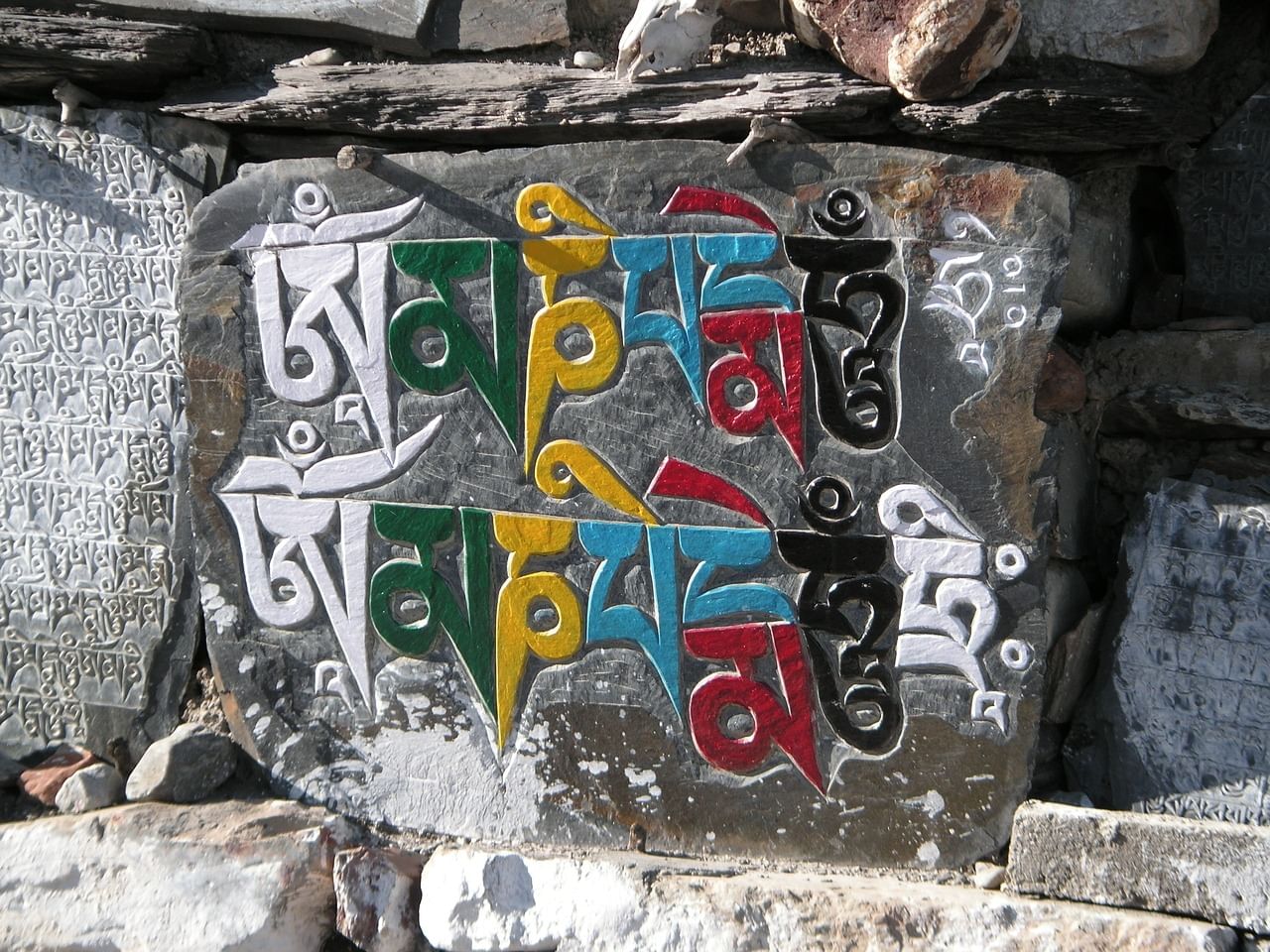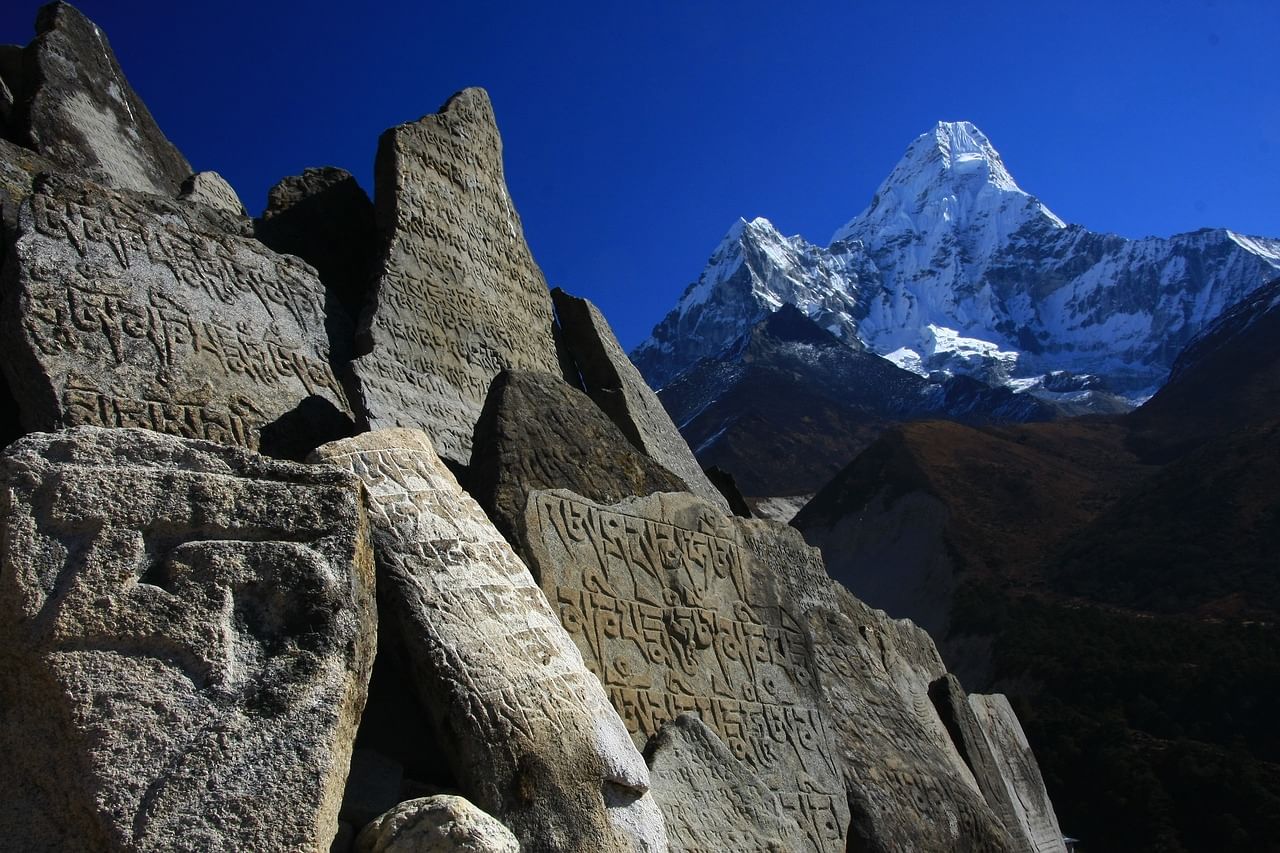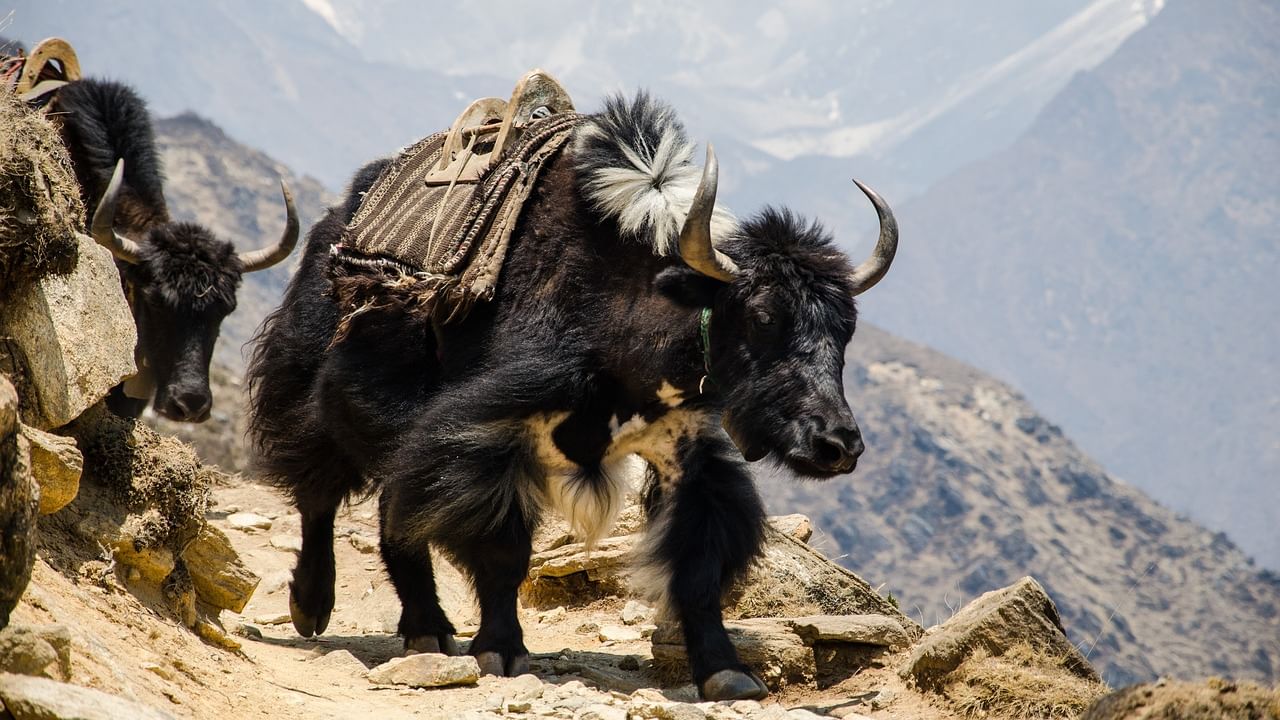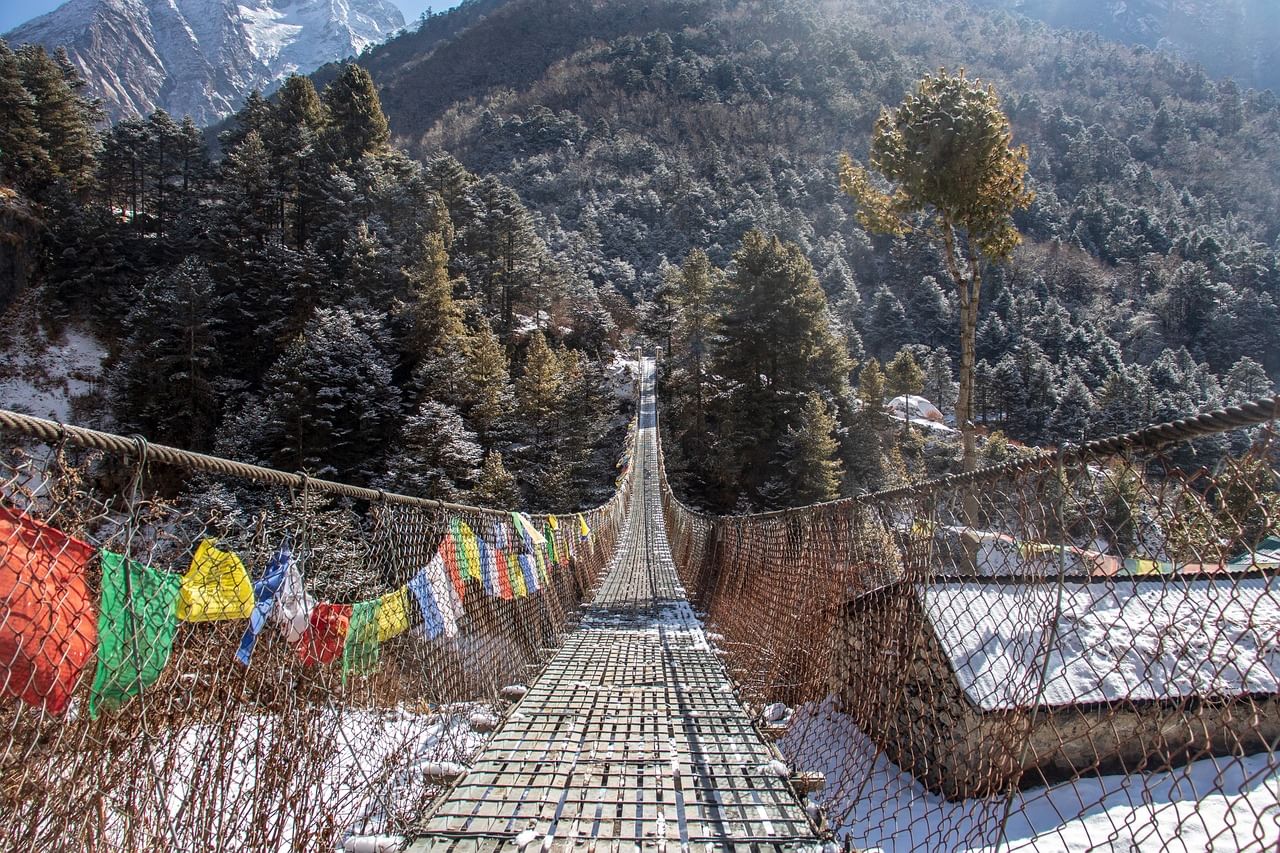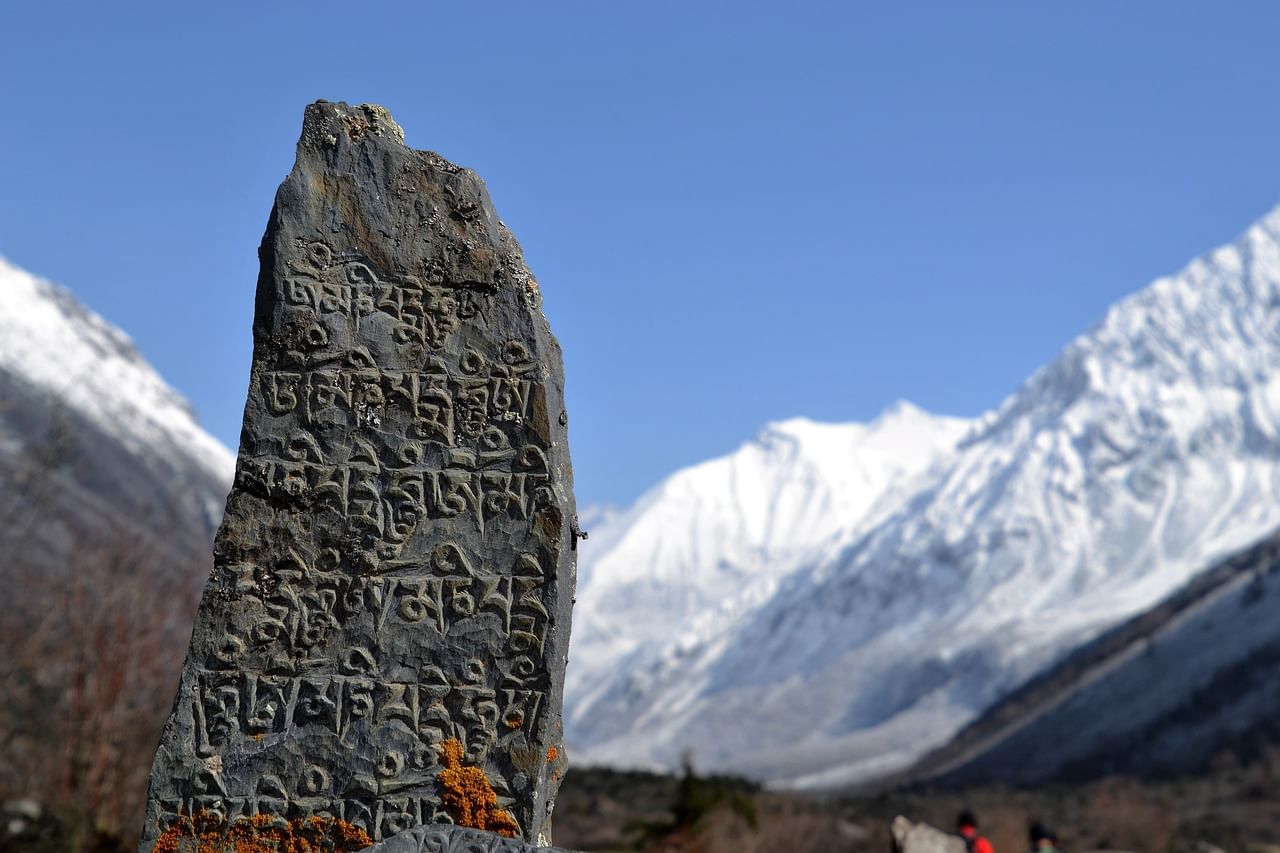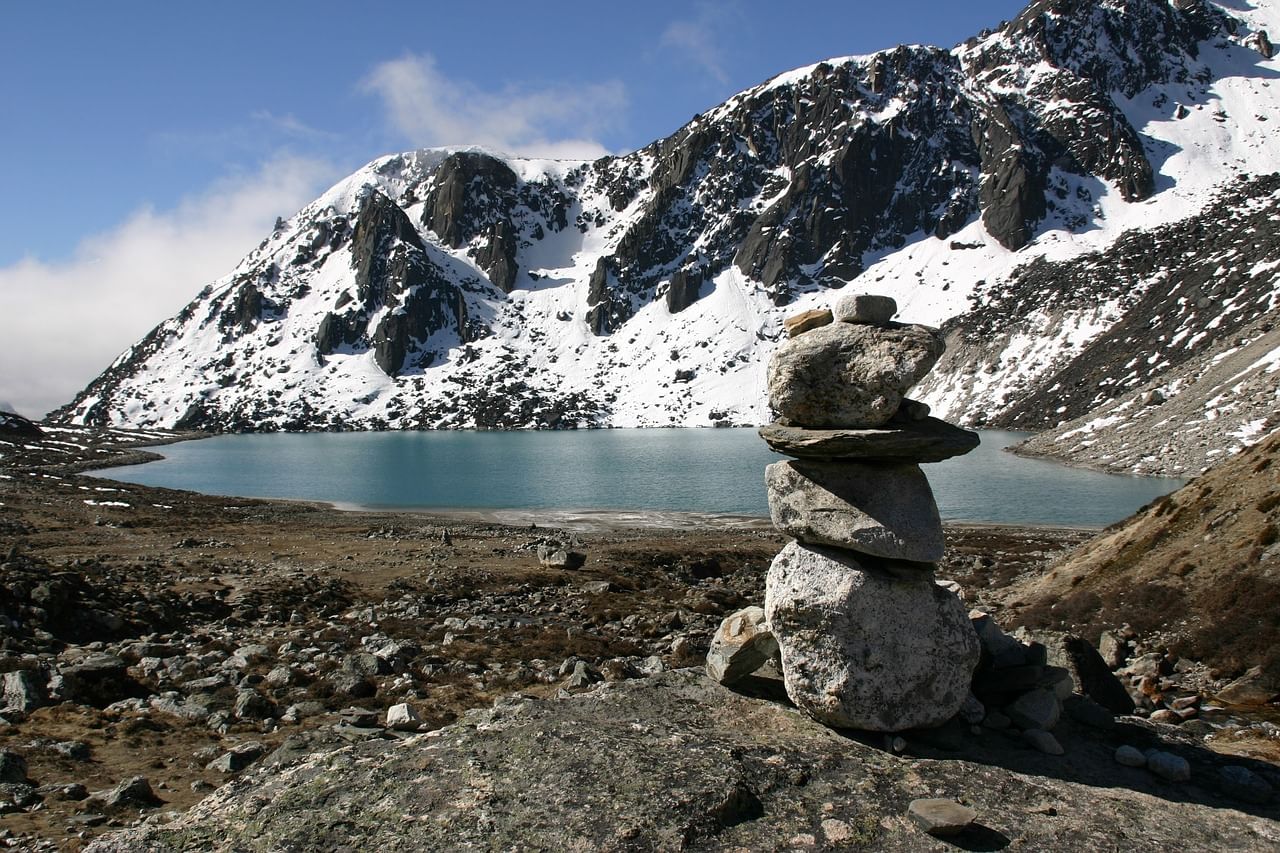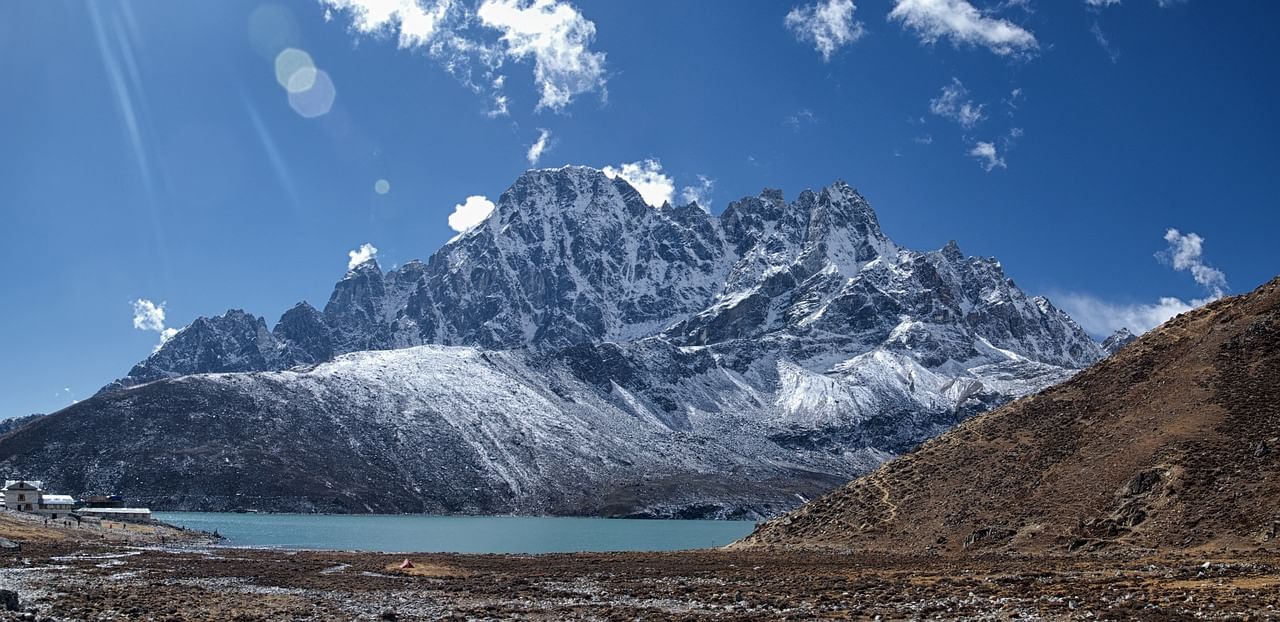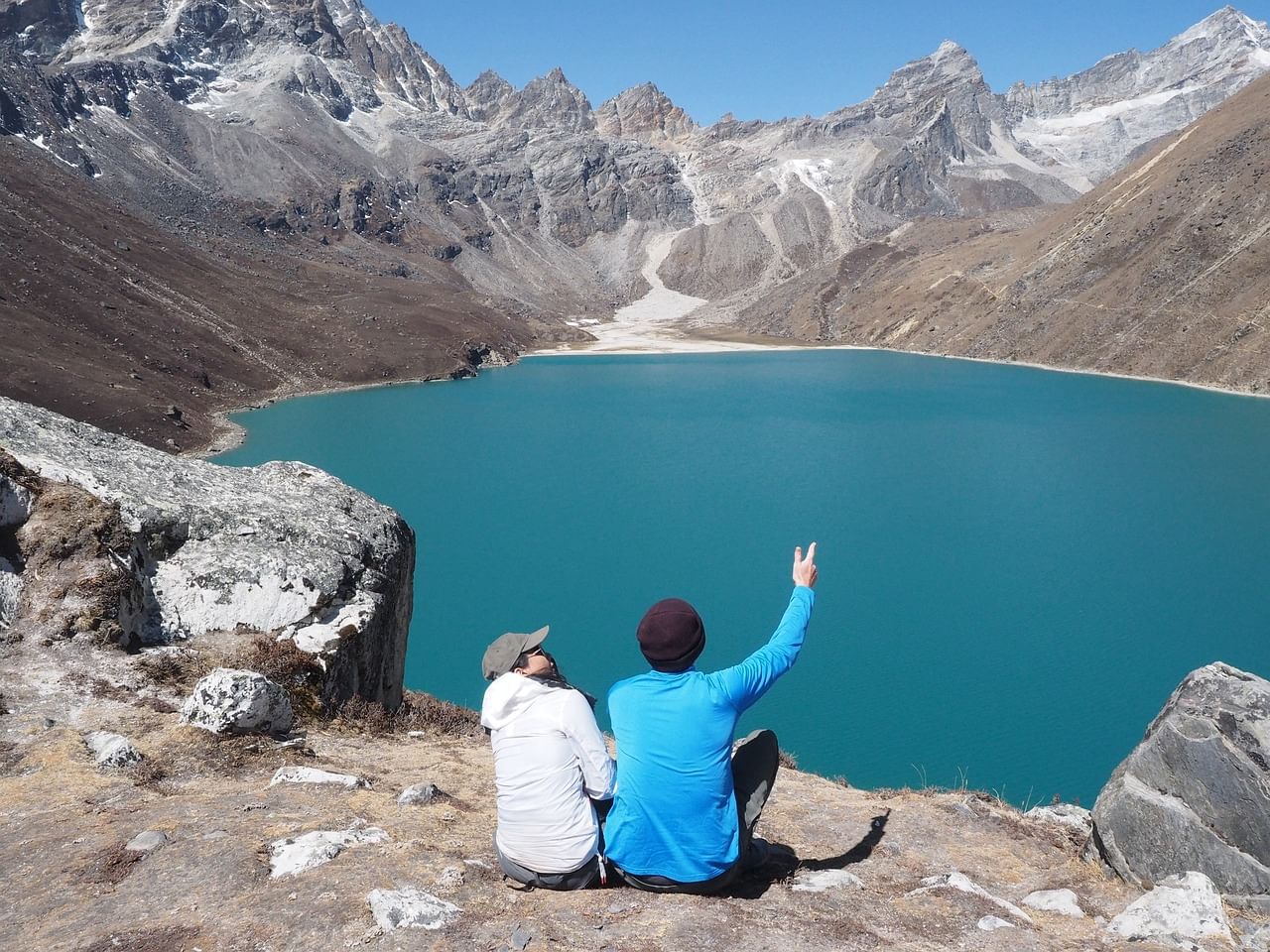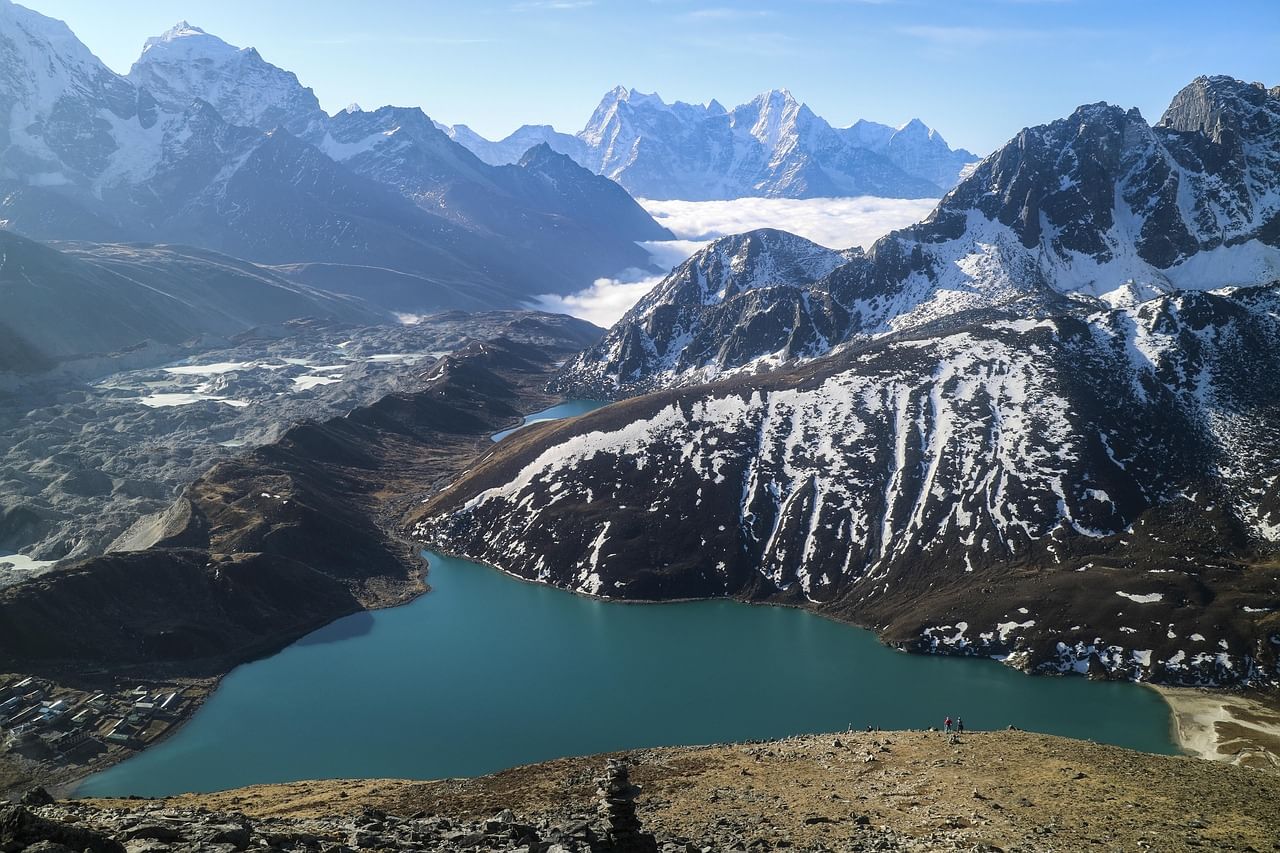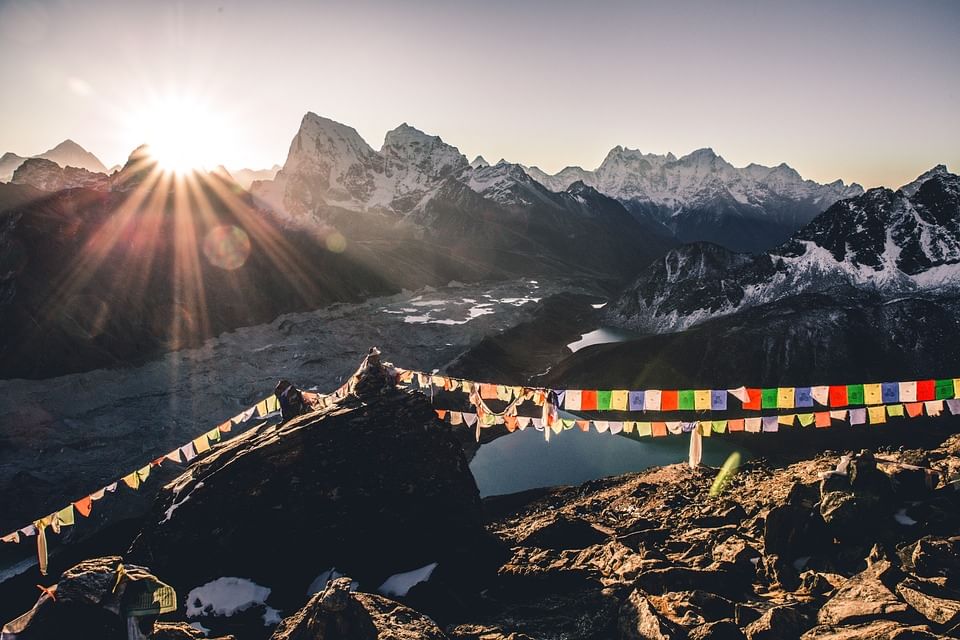Ultimate 20 Days Everest Three High Passes Trekking
The Everest Three High Passes Trek in Nepal is a thrilling adventure, offering breathtaking views and the chance to trek around the world’s highest peak, Mt. Everest. This popular route attracts thousands of tourists annually.
The Everest Three High Passes Trek in Nepal is a trekker’s paradise, home to the highest peak in the world, Mt. Everest. This trek offers thrilling adventures in the Himalayas, attracting thousands of tourists each year. One of the most popular routes in Nepal is the Everest Three High Pass trek, which promises an adventure of a lifetime.
The beauty and thrills of this trek will surely mesmerize you, especially above Namche Bazaar.
The Everest Three Pass trek is one of the most adventurous and thrilling experiences. Trekking around Nepal’s Everest region presents a daring challenge and a rewarding experience, taking you through the three mighty passes of the Everest region:
- Renjo La Pass (5,420 meters)
- Cho-La Pass (5,420 meters)
- Kongma-La Pass (5,535 meters)
The 20-day Everest Three High Passes Trek is a popular destination in Sagarmatha National Park, which covers an area of 443 square miles (1,148 km²) and reaches an altitude of 8,848.86 meters around Mount Everest. This trek is regarded as one of the most challenging in the Everest region.
You will traverse the high-altitude passes of Kongma-La (5,545 meters), Cho La (5,420 meters), and Renjo-La (5,446 meters). The trek offers incredible scenes and close-up views of the majestic mountains in the Mount Everest Himalayan range, including Mt. Everest, Mt. Lhotse, Mt. Nuptse, Mt. Amadablam, Mt. Pumari, Mt. Thamserku, and many others.
Points of Attraction of 3 Passes Trek
While the three high passes of this trek are a major attraction, there are many other discoveries to be made. The Everest region is rich in cultural, historical, natural, and geographical gems. Here, we will discuss these factors:
Sherpa Culture The Sherpa people densely populate the Everest area. They are natives of the Solukhumbu district and most of eastern Nepal. Sherpa people migrated from mainland Tibet centuries ago and are considered an Indo-Tibetan race. The name Sherpa derives from the Tibetan dialect “Shar Pa,” which translates to “people who live in the East.” These groups are renowned in the West for their exceptional climbing abilities. Sherpas have been mountain dwellers since the advent of trekking and mountaineering, and their exceptional adaptability to high altitudes makes them perfect mountain guides. Sherpa villages are sparsely scattered throughout the Everest region.
Sherpa people speak a mixed form of the Tibetan language called Sherpa, which is Tibetan-Burman. Their ancestral practices are deeply rooted in Tibetan Buddhism, following a distinct blend of Buddhism and a Bon-based foundation of spiritual belief. Sherpa people still wear their traditional dress: Chuba for men and Pangden for women. These garments are made of animal skin and fur to provide warmth in the cold, high altitudes. Sherpa homes are stone houses adorned with colorful prayer flags. Their occupations include mountain climbing, tourism, hospitality, agriculture, and cattle farming. Major festivals celebrated by Sherpas include Losar, Dumje, and Mani Rimdu, which are observed throughout the Everest region.
Lukla Airport A small airstrip was built at the end of Lukla village in the Everest region, serving as a prominent gateway. The runway measures 527 meters and is situated on an extended landmass beneath a massive rock wall. Named Tenzing Hillary Airport after the first conquerors of Mt. Everest, it is located at an altitude of 2,880 meters and is a 30-minute flight from Kathmandu.
Lukla Airport is of utmost significance to the region’s natives and trekkers. Aside from the trek from Phaplu or Jiri, it is the only convenient mode of transport to access the Everest region. During the peak seasons of spring and autumn, the airport is busy with heavy air traffic. Supplies for the Everest area are flown in from Kathmandu and then transported to higher altitudes by mule or porter from Lukla. Tenzing Hillary Airport is regarded as the lifeline of the Sherpa people, playing a crucial role in the region’s economy.
Namche Bazaar Namche Bazaar is a bustling village shaped like an amphitheater, overlooking Mt. Khumbila (5,761 meters). It is the largest village on the Everest Three High Passes Trek. On the second day of your trek, you will make a steep ascent from Phakding, passing through the gate of Sagarmatha National Park, where Namche Bazaar reveals itself attached to a vast hillside.
As you enter the village, you will be welcomed by a typical Buddhist chorten. The town is densely packed with several layers of Sherpa houses built on terraced farms. Namche Bazaar has been a trade crossroads for Tibetans and Sherpas for ages, as evidenced by the Sunday market, which is still in practice today. Namche Bazaar is a commercial hub.
Most trekkers choose Namche Bazaar as a rest stop for acclimatization. The village is filled with restaurants, bakeries, pubs, and modern amenities for recreation. Three prominent attractions in the village are the Sagarmatha National Park Museum, the Mountaineering Museum, and the Sherpa Culture Museum.



